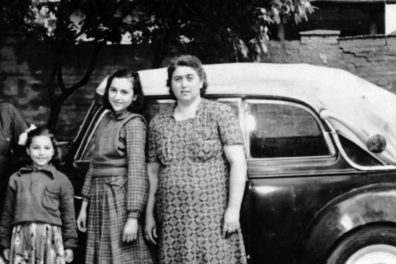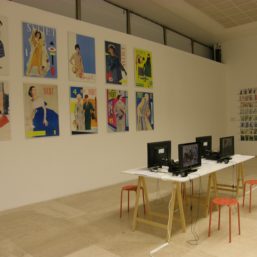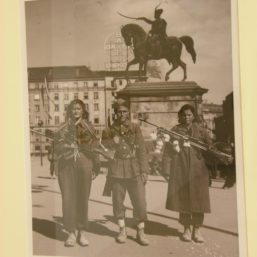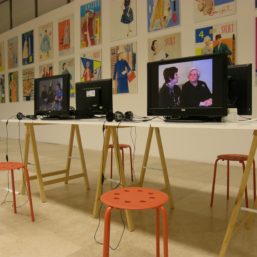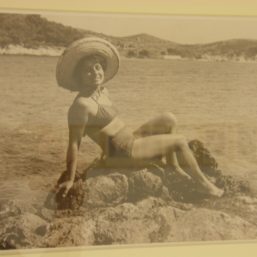Drugarica à la mode
16.07-02.10.2011
The exhibition “Comradess a la Mode” covers the phenomenon of clothing and fashion in Zagreb from 1945 to 1960.
This period, viewed from the perspective of clothing culture and development of fashion discourse, is especially interesting in this area, because it is a meeting point of the effects caused by an imposed ideological matrix, characteristic of Yugoslav socialism, contained in the stereotype of the “comradess” with preserved memory of the “lady” stereotype.
We can follow the development of fashion and clothing in concordance with the development of social reality, which is determined by the following, highly important historical facts.
This exhibition displays major documents from the shrine of fashion history as testimonies of that time’s everyday life.
The meeting of different sources of the same era opens the possibility of a special reading of history, in which fashion is recognized as a powerful and autonomous starter of social changes: we could say that the reach of fashion influence is measurable in aspects in which the changes manifest themselves. Only structured fashion, even when it is ignored and quiet, has subversive power able to erode even the most rigid political dictate.
Author of the Exhibition: Ante Tonči Vladislavić
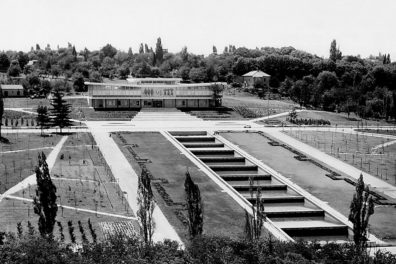
The Origins: The Background for Understanding the Museum of Yugoslavia
Creation of a European type of museum was affected by a number of practices and concepts of collecting, storing and usage of items.
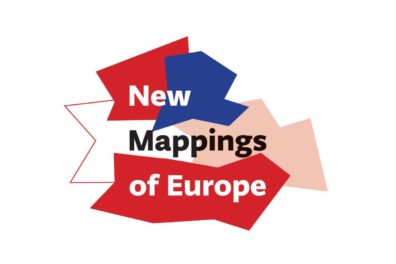
New Mappings of Europe
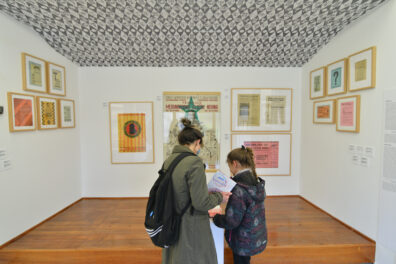
Museum Laboratory
Starting from the Museum collection as the main source for researching social phenomena and historical moments important for understanding the experience of life in Yugoslavia, the exhibition examines the Yugoslav heritage and the institution of the Museum
